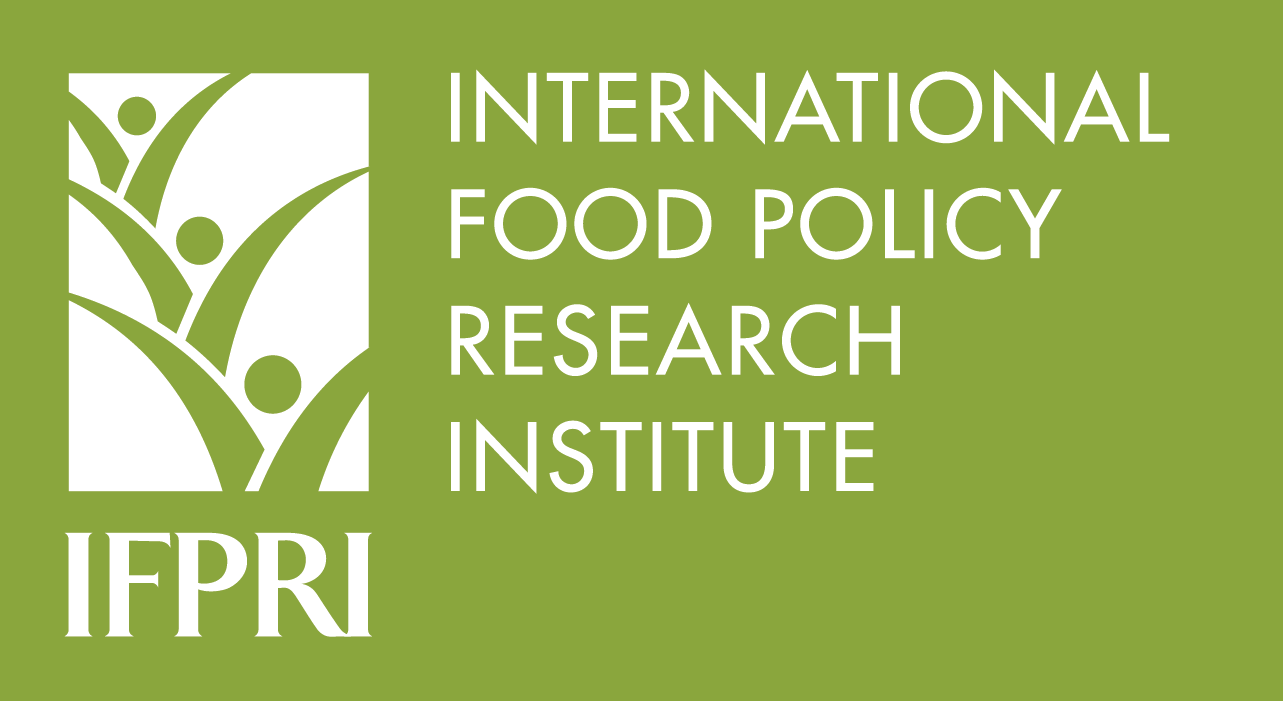Focal point
Location
About IFPRI
The International Food Policy Research Institute (IFPRI) provides research-based policy solutions to sustainably reduce poverty and end hunger and malnutrition in developing countries. Established in 1975, IFPRI currently has more than 500 employees working in over 50 countries. It is a research center of theCGIAR Consortium, a worldwide partnership engaged in agricultural research for development.
Vision and Mission
IFPRI’s vision is a world free of hunger and malnutrition. Its mission is to provide research-based policy solutions that sustainably reduce poverty and end hunger and malnutrition.
What We Do
Research at IFPRI focuses on six strategic areas:
- Ensuring Sustainable Food Production: IFPRI’s research analyzes options for policies, institutions, innovations, and technologies that can advance sustainable food production in a context of resource scarcity, threats to biodiversity, and climate change. READ MORE
- Promoting Healthy Food Systems: IFPRI examines how to improve diet quality and nutrition for the poor, focusing particularly on women and children, and works to create synergies among the three vital components of the food system: agriculture, health, and nutrition. READ MORE
- Improving Markets and Trade: IFPRI’s research focuses on strengthening markets and correcting market failures to enhance the benefits from market participation for small-scale farmers. READ MORE
- Transforming Agriculture: The aim of IFPRI’s research in this area is to improve development strategies to ensure broad-based rural growth and to accelerate the transformation from low-income, rural, agriculture-based economies to high-income, more urbanized, and industrial service-based ones. READ MORE
- Building Resilience: IFPRI’s research explores the causes and impacts of environmental, political, and economic shocks that can affect food security, nutrition, health, and well-being and evaluates interventions designed to enhance resilience at various levels. READ MORE
- Strengthening Institutions and Governance: IFPRI’s research on institutions centers on collective action in management of natural resources and farmer organizations. Its governance-focused research examines the political economy of agricultural policymaking, the degree of state capacity and political will required for achieving economic transformation, and the impacts of different governance arrangements.
Research on gender cuts across all six areas, because understanding the relationships between women and men can illuminate the pathway to sustainable and inclusive economic development.
IFPRI also leads two CGIAR Research Programs (CRPs): Policies, Institutions, and Markets (PIM) andAgriculture for Nutrition and Health (A4NH).
Beyond research, IFPRI’s work includes partnerships, communications, and capacity strengthening. The Institute collaborates with development implementers, public institutions, the private sector, farmers’ organizations, and other partners around the world.
Resources
Displaying 231 - 235 of 1521Seeing is believing?
Synthèse l’Indice de la faim dans le monde 2014: Le défi de la faim invisible
Le rapport de l’Indice de la faim dans le monde 2014 – neuvieme edition – propose une mesure multidimensionnelle de la faim au niveau national, regional et mondial. Le GHI 2014 montre les progres effectues en matiere de reduction de la faim depuis 1990, mais des efforts restent a faire, le niveau de la faim restant alarmant voire extremement alarmant dans 16 pays. Cette annee, le GHI se concentre sur un aspect particulier de la faim souvent neglige : la faim invisible.
2014 Global hunger index by severity
The Global Hunger Index (GHI) is based on three equally weighted indicators: > Undernourishment: the proportion of undernourished people as a percentage of the population (reflecting the share of the population with insufficient caloric intake); > Child underweight: the proportion of children younger than age five who are underweight (that is, have low weight for their age, reflecting wasting, stunted growth, or both), which is one indicator of child undernutrition; and > Child mortality: the mortality rate of children younger than age five (partially reflecting the fatal synergy o
Synopse Welthunger-Index 2014: Herausforderung verborgener Hunger
Der Welthunger-Index (WHI) 2014 stellt die nationale, regionale und weltweite Hungersituation zum neunten Mal in jahrlicher Folge multidimensional dar. Er zeigt, dass bei der globalen Hungerbekampfung seit 1990 Fortschritte erzielt werden konnten, jedoch angesichts sehr ernster oder gar gravierender Hungerwerte in 16 Landern noch immer groser Handlungsbedarf besteht. Der Schwerpunkt dieses Berichts liegt auf einem entscheidenden Aspekt des Hungers, der haufig ubersehen wird, dem verborgenen Hunger.
Taking stock of national agricultural R&D capacity in Africa south of the Sahara
This report is timely input into the ongoing development agenda for Africa South of the Sahara (SSA).







